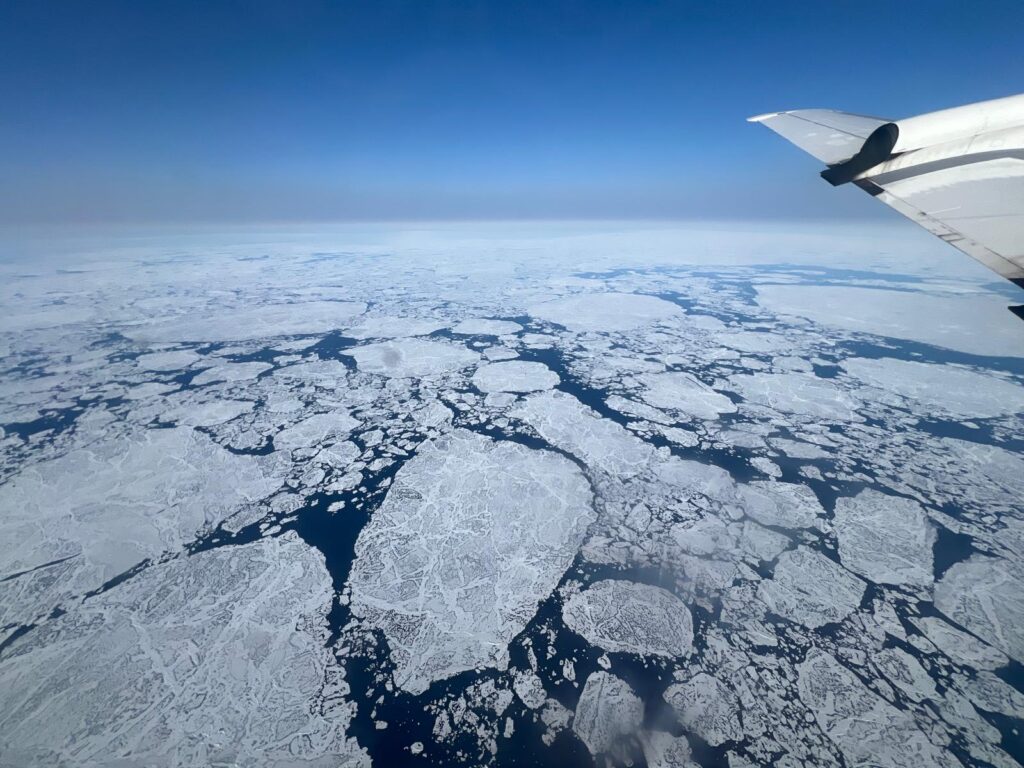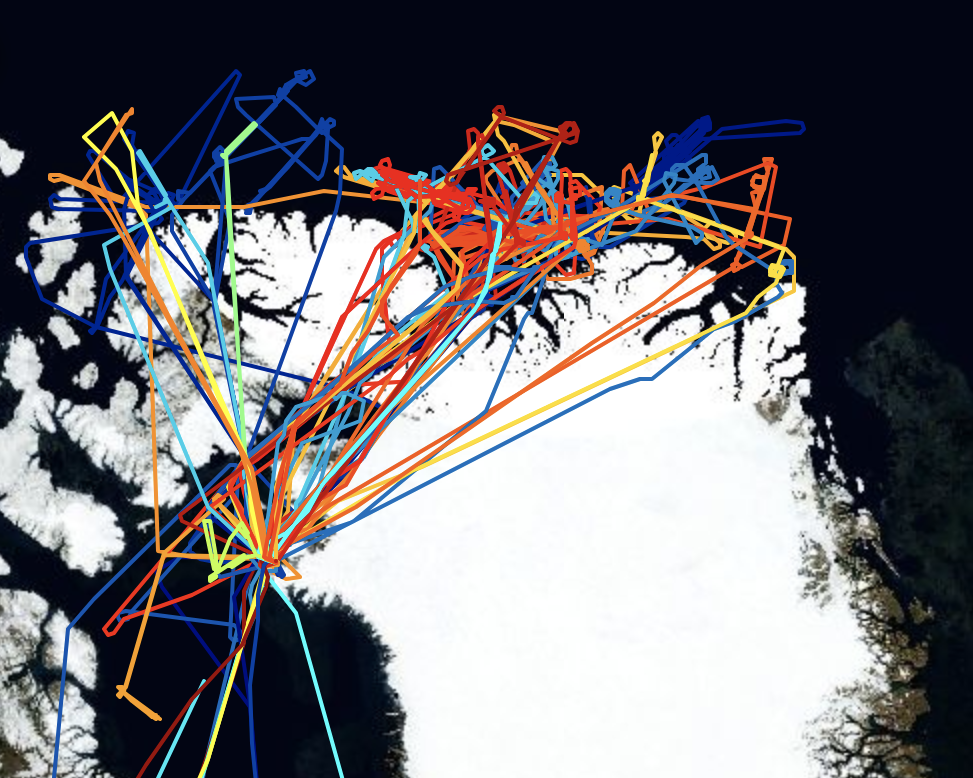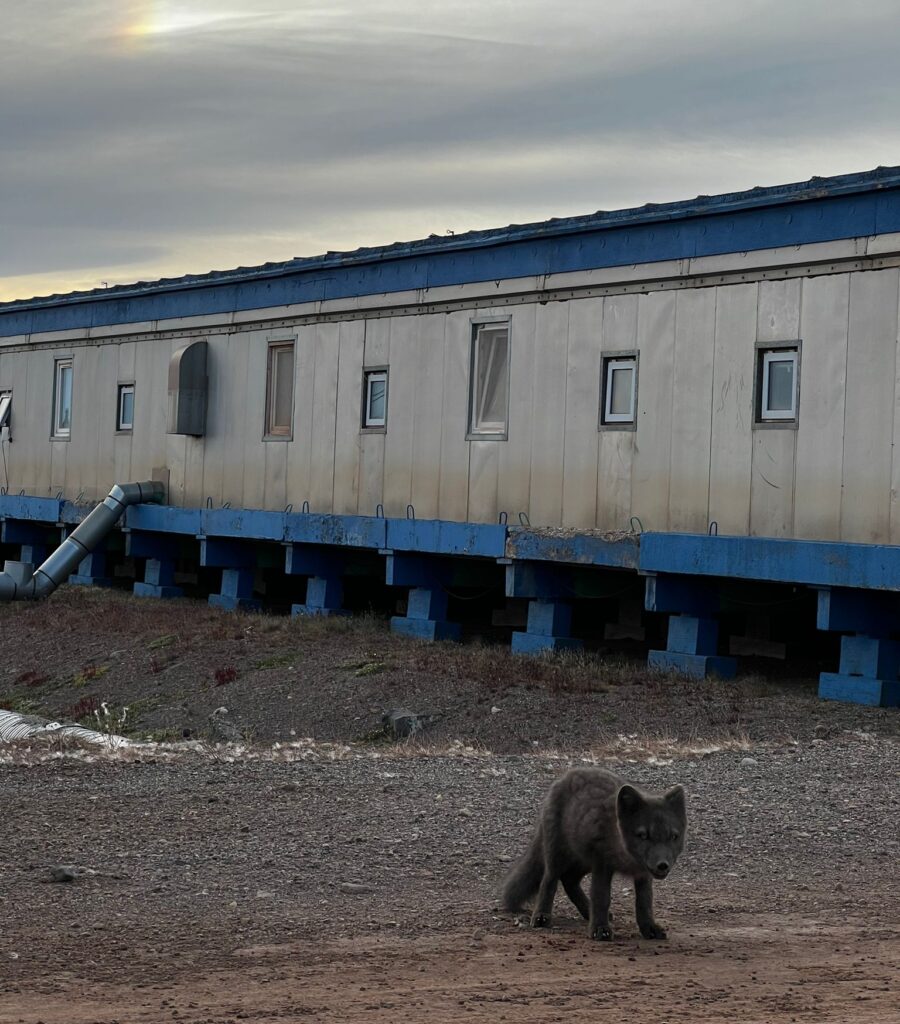
The Arctic plays a crucial role in regulating the Earth’s climate. It influences ocean circulation, releases greenhouse gases from thawing permafrost, and is instrumental in Earth’s overall reflectivity and warming. Yet, as global temperatures rise, the Arctic has been warming even faster. Since the late 1970s, sea ice has decreased by over 40% in extent and about 70% in thickness. Climate models suggest that the Arctic Ocean could be ice-free as early as the 2030s – shifting from a state of thick, permanent ice sheets to thinner, seasonal ice. Sea ice plays an important role in regulating the amount of heat trapped in the Earth system, and its loss could further hasten climate change.

“As the Arctic changes, it is warming quickly and is increasingly being exposed to different aerosol concentrations and types,” said Lauren Zamora, Earth System Science Interdisciplinary Center (ESSIC) Associate Research Scientist and expert in interactions between aerosols, climate, and marine biogeochemistry. “Understanding the Arctic’s unique climate dynamics, especially the role of clouds and radiation, will help improve sea ice predictions and ultimately better address the challenges posed by this ‘New Arctic’.”
Zamora was among several ESSIC scientists who contributed to NASA’s Arctic Radiation-Cloud-Aerosol-Surface-Interaction Experiment (ARCSIX) aircraft campaign this summer. ARCSIX seeks to measure how surface properties, clouds, aerosols, and precipitation impact Arctic summer radiation and sea ice melt. Clouds help manage the energy that reaches the Arctic surface by reflecting sunlight back into the atmosphere and allowing sea ice to develop. As seasonal sea ice decreases, the role of clouds becomes even more important.
For about a month, Zamora conducted ground-based research in Pituffik, Greenland while other scientists, including ESSIC’s Alek Petty, Jaehwa Lee, and Rachel Tilling as well as Michelle Hofton from the Department of Geographical Sciences, supported the mission remotely from Maryland, focusing on forecast models, satellite remote sensing, and data analysis.
“We worked together to identify the best locations for sampling aerosols and clouds to meet the ARCSIX science objectives,” said Zamora, “[The work] involved analyzing output from several different aerosol and meteorological models, analyzing ground and satellite data sets, speaking with other colleagues to gauge their sampling needs, and coordinating with external satellite, ship, and ground station partners.”
While Zamora did her work from the ground, she coordinated extensively with satellites, modelers, international researchers with ground sites in the region, and other aircraft and ship campaigns. The aircraft flights took place from the Canadian Arctic, into the Baffin Bay, and across the northern coast of Greenland into the Fram Strait.

As the leader of the aerosol forecasting team, Zamora’s schedule was packed. Her days began early as she spent several hours preparing the aerosol forecast with colleagues working back in Maryland. Then, she would present the forecast to a larger group alongside other forecasts from the sea ice and meteorological teams. She would spend the rest of the day designing the flight plants for the next day with the flight planning team, pilots, and other forecasters. If there was a flight that day, they would also sit through a recap of the flight. After dinner, the work would resume, and Zamora would spend another several hours working on the forecast for the next day before it all started over again.
“It was fairly intense,” said Zamora, “In the month that I was there, I only had about 2 full days off, with a couple half days off here and there.”
But the work was rewarding. Zamora was surprised by how much she loved Greenland, especially since she never liked the cold. She was awed by the vastness of the sky and the view of the icebergs, floating by in the nearby bay.

“The air was also the cleanest I have ever experienced – it made me want to breathe deeply all the time,” said Zamora.
The team was also joined by Arctic foxes, Arctic hares, and muskoxen – enormous wooly bovine-like mammals only found wild in Greenland and Canada. Creatures like these depend on the work of scientists like Zamora as the warming Arctic threatens the ecosystem on which they rely.
“I am excited that based on our work in ARCSIX, we will soon know more than we ever knew before how these aerosols affect Arctic clouds in the summer, and what the implications are for future climate and sea ice,” said Zamora, “Ultimately, I hope that our work and that of others in our field contributes to helping humanity make more optimal decisions for our future.”





